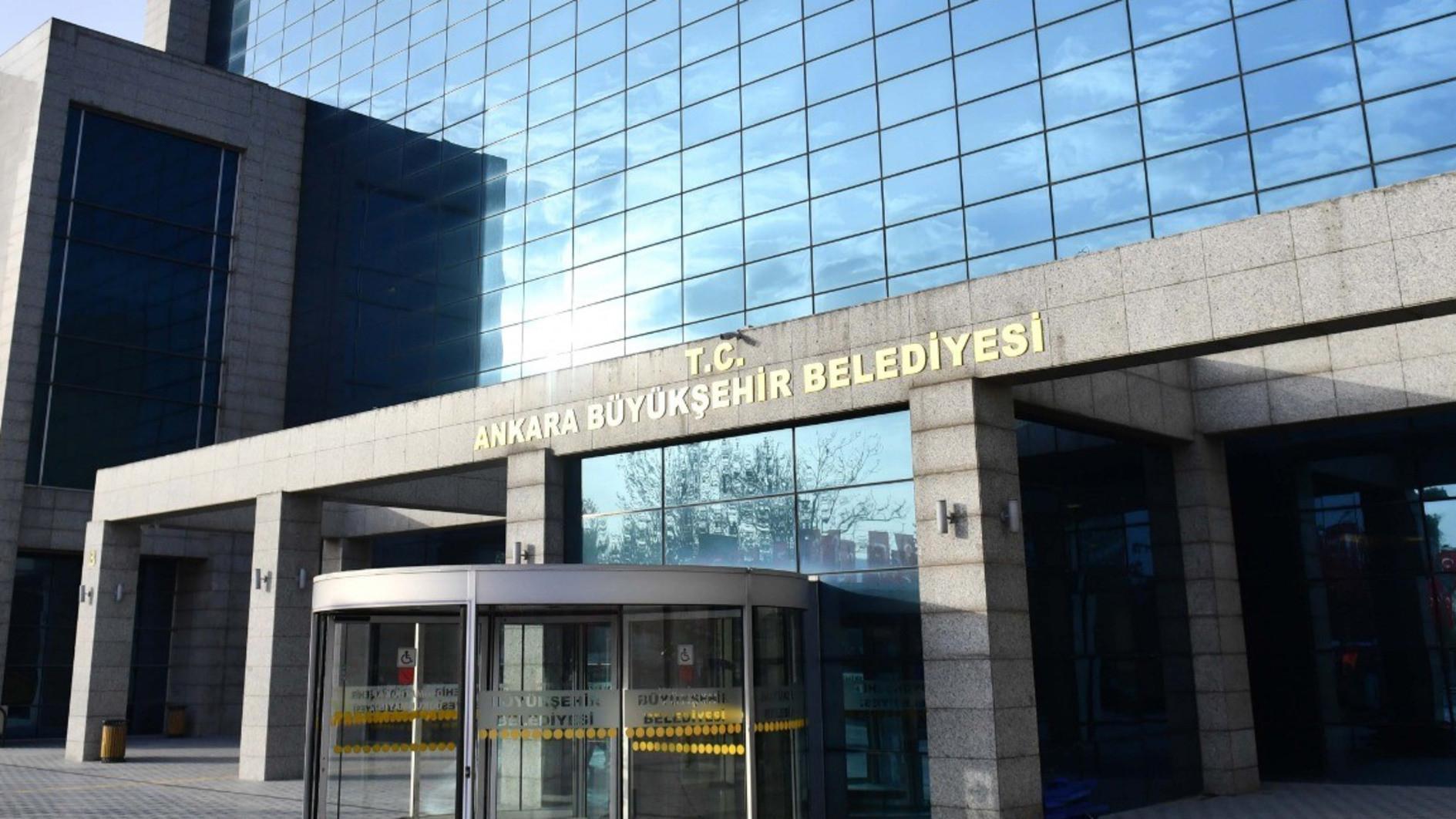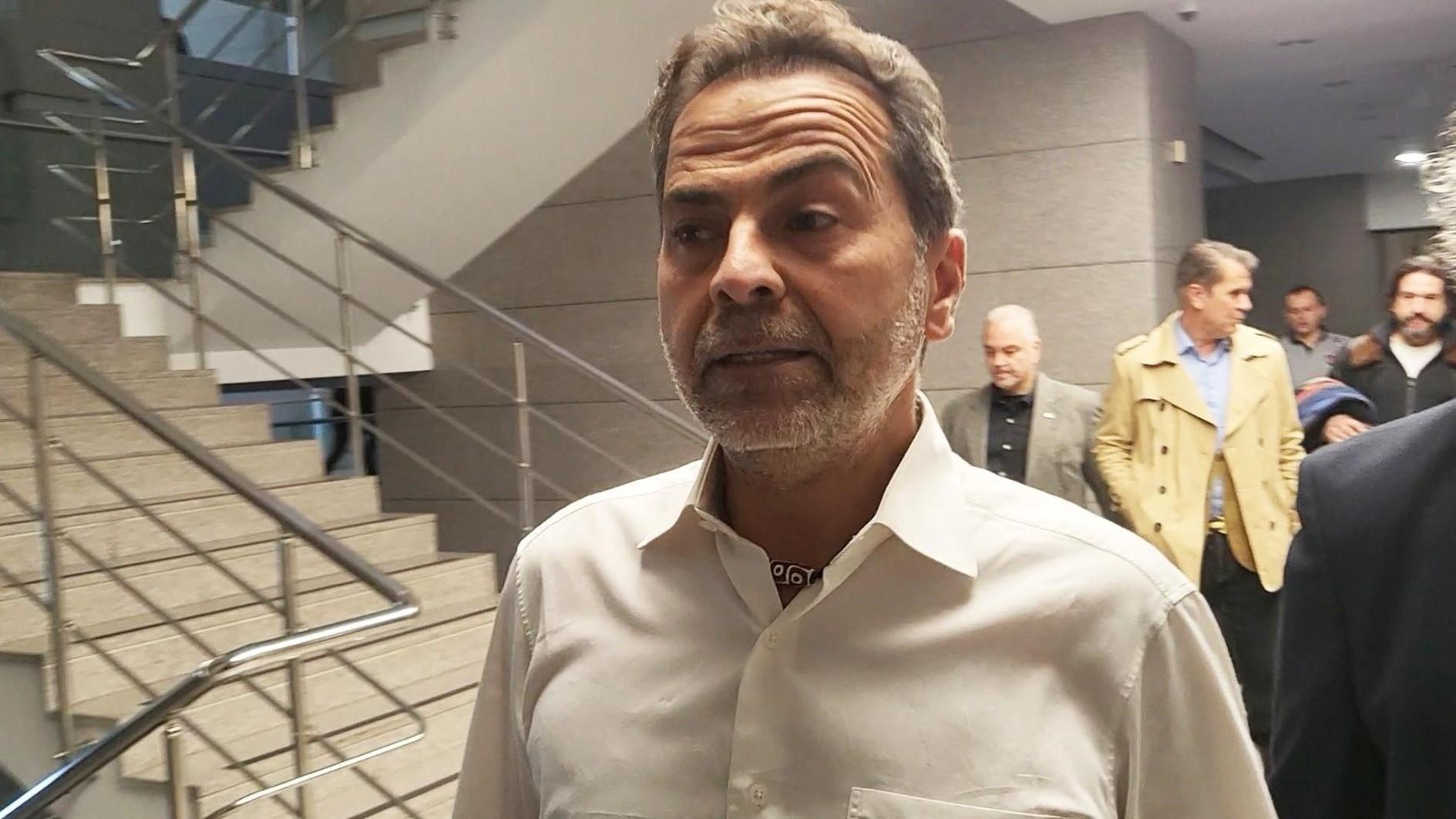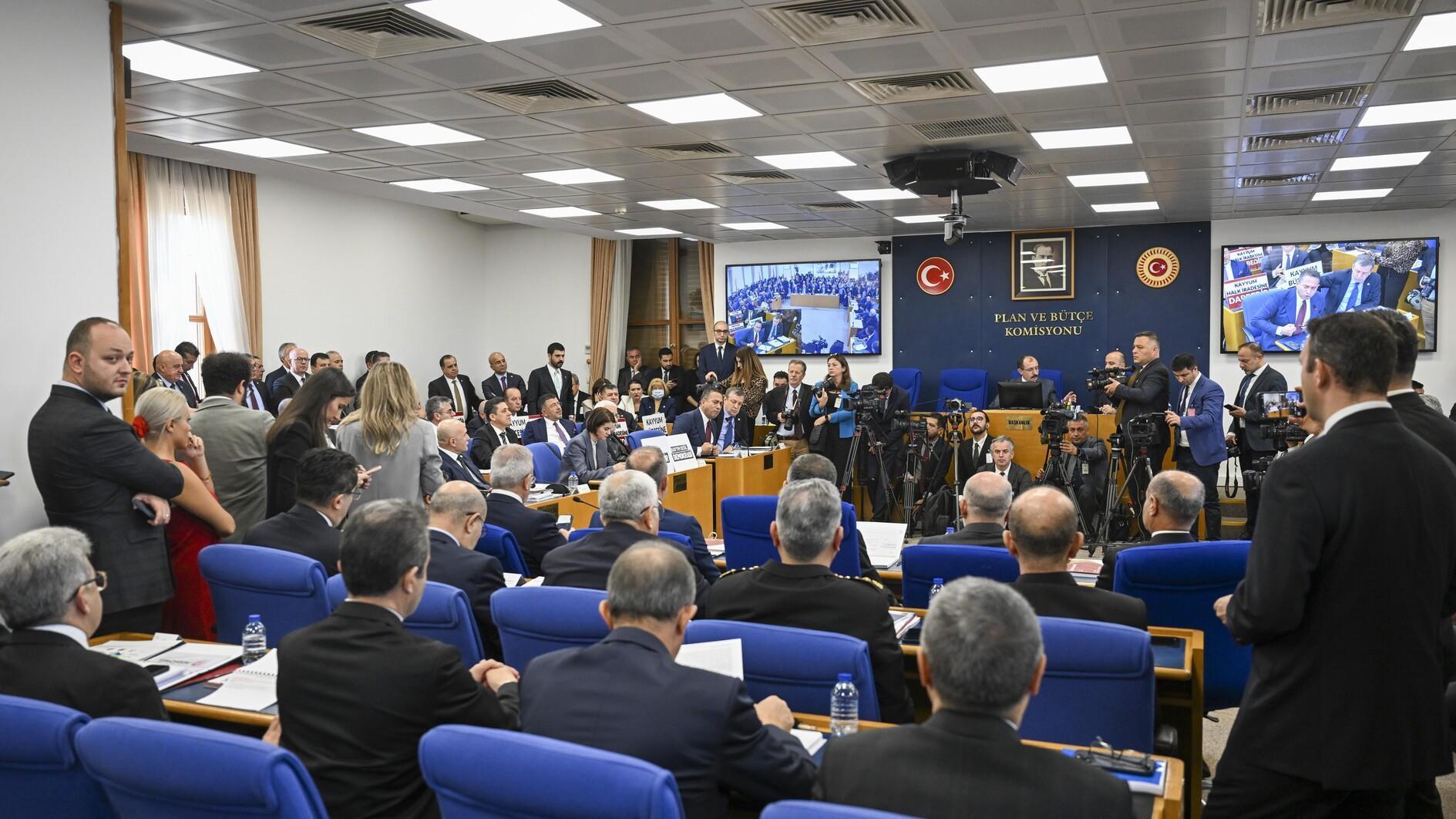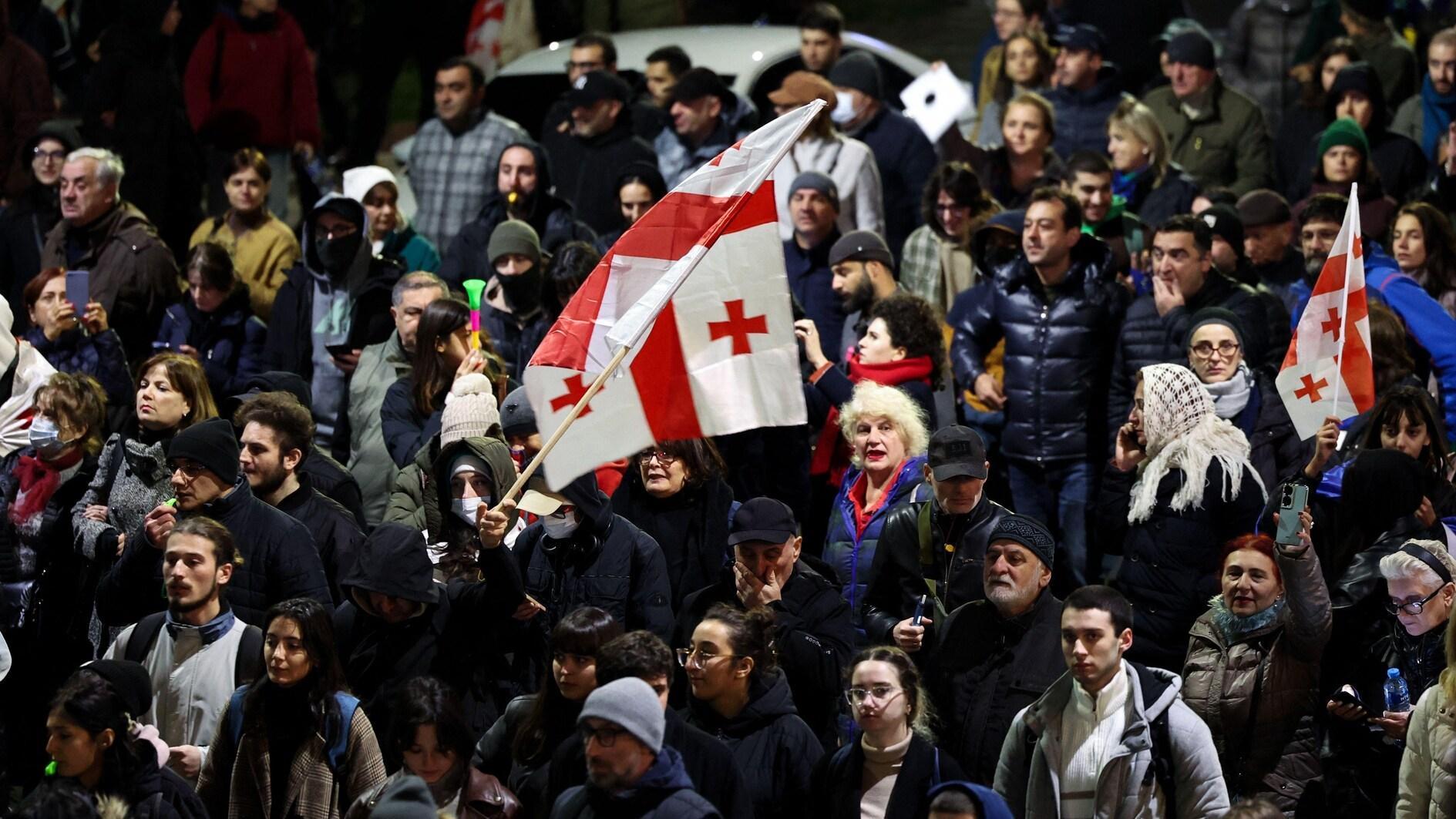Turkey to develop anti-missile system with France and Italy
The executive committee of the Undersecreteriat for Defense Industries has agreed to give a green light on 22 different procurement projects, worth a total of $5 billion, Prime Minister Binali Yıldırım said on Nov. 3.
These 22 projects include purchase and co-production of long range anti-ballistic missile systems, developing electronic warfare systems, a tank modernization program, and modernization and mass production of combat choppers and drones.
The most eye-catching, expensive and difficult of these projects is obtaining an anti-ballistic missile system. With Turkey surrounded by countries that have already acquired middle- to long-range missile systems, it could be said that it is a relative latecomer to the table.
NATO’s massive anti-ballistic missile system does not cover the whole of Turkey, leaving it vulnerable to middle-range missiles launched from Middle Eastern countries. Turkey’s negotiations with the U.S. over the purchase of Patriot Pac-3 systems remained futile in the late 2000s because of costs and disagreements over technology transfers.
As the Syrian civil war escalated into a regional crisis, Turkey demanded that NATO provide an anti-ballistic missile defense system in late 2012. Spanish and Italian Patriot batteries are currently stationed in the southern provinces of Adana, Kahramanmaraş and Gaziantep.
In 2013 Turkey renewed its endeavor to acquire similar defense systems and a new tender was awarded to a Chinese defense company banned by U.S. sanctions. After an outcry in the U.S. and other NATO countries, Turkey annulled the $3.4-billion tender, deciding to focus instead on developing its own defense system with domestic resources.
At the moment two different projects are on the table. The first is Turkey’s attempt to purchase S-400 long-range anti-ballistic missile systems from Russia and the second is co-production of a similar system with Eurosam, a French-Italian consortium.
Regarding the S-400s, both sides have confirmed that Turkey has made a down payment for the $2 billion systems. However, despite statements from Turkish officials, no Russian official has confirmed a technology transfer to Turkey, a move that could enable joint production of similar systems in the future.
International observers note that Russia refuses to share technology with countries that purchase S-400s and is unlikely to make an exception for NATO-member Turkey. In addition to the batteries, Turkey also needs to purchase a separate radar system, since S-400s do not work with NATO radars.
Many NATO countries, as well as Secretary-General Jens Stoltenberg, have recently ceased to criticize Turkey’s plans to buy S-400s. Instead they underline a nation’s ability to choose for themselves which system to obtain.
While talks were underway with Russia, Ankara made an initial deal with the French-Italian consortium on July 14, 2017 to develop Turkey’s national defense systems. It was agreed that both sides would sign an agreement next week for an 18-month long study to determine the needs and priorities for the potential joint production of an anti-ballistic missile system.
The defense ministers of Turkey, France and Italy are expected to hold a three-way meeting on the sidelines of a NATO ministerial summit in Brussels on Nov. 8 and 9 to specifically discuss the agreement. It is noteworthy that the meeting will take place under the NATO umbrella at a moment when the Turkish government has been heavily criticized for distancing itself from the alliance.
In line with the results of the 18-month-long study, works for the development of Turkey’s national anti-ballistic missile system are due to be launched in 2019. This prompts an obvious question: Why is Turkey still purchasing an expensive defense system from Russia after agreeing to develop its own system with the cooperation of NATO allies France and Italy?











